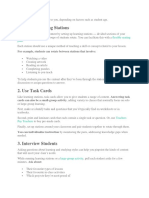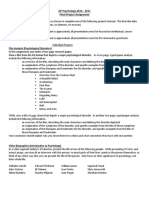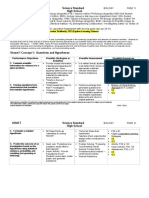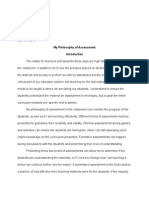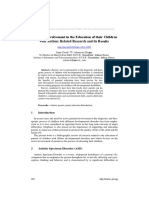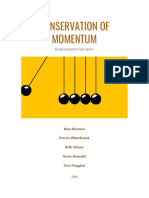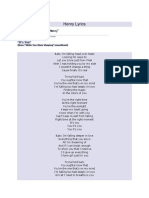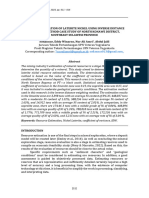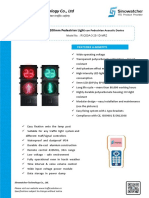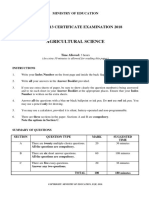0% found this document useful (0 votes)
443 views5 pagesScience Students' Variable Guide
This document discusses independent and dependent variables in scientific experiments. It defines the independent variable as the factor that is intentionally changed or controlled by the experimenter to determine its effect. The dependent variable is the variable that is measured and responds to changes in the independent variable. Examples of independent variables given include light intensity and temperature, while dependent variables include plant pigmentation and test scores. The independent variable is graphed on the x-axis and the dependent variable on the y-axis when plotting experimental data.
Uploaded by
Nicole Ann AvenoCopyright
© © All Rights Reserved
We take content rights seriously. If you suspect this is your content, claim it here.
Available Formats
Download as DOCX, PDF, TXT or read online on Scribd
0% found this document useful (0 votes)
443 views5 pagesScience Students' Variable Guide
This document discusses independent and dependent variables in scientific experiments. It defines the independent variable as the factor that is intentionally changed or controlled by the experimenter to determine its effect. The dependent variable is the variable that is measured and responds to changes in the independent variable. Examples of independent variables given include light intensity and temperature, while dependent variables include plant pigmentation and test scores. The independent variable is graphed on the x-axis and the dependent variable on the y-axis when plotting experimental data.
Uploaded by
Nicole Ann AvenoCopyright
© © All Rights Reserved
We take content rights seriously. If you suspect this is your content, claim it here.
Available Formats
Download as DOCX, PDF, TXT or read online on Scribd
/ 5

